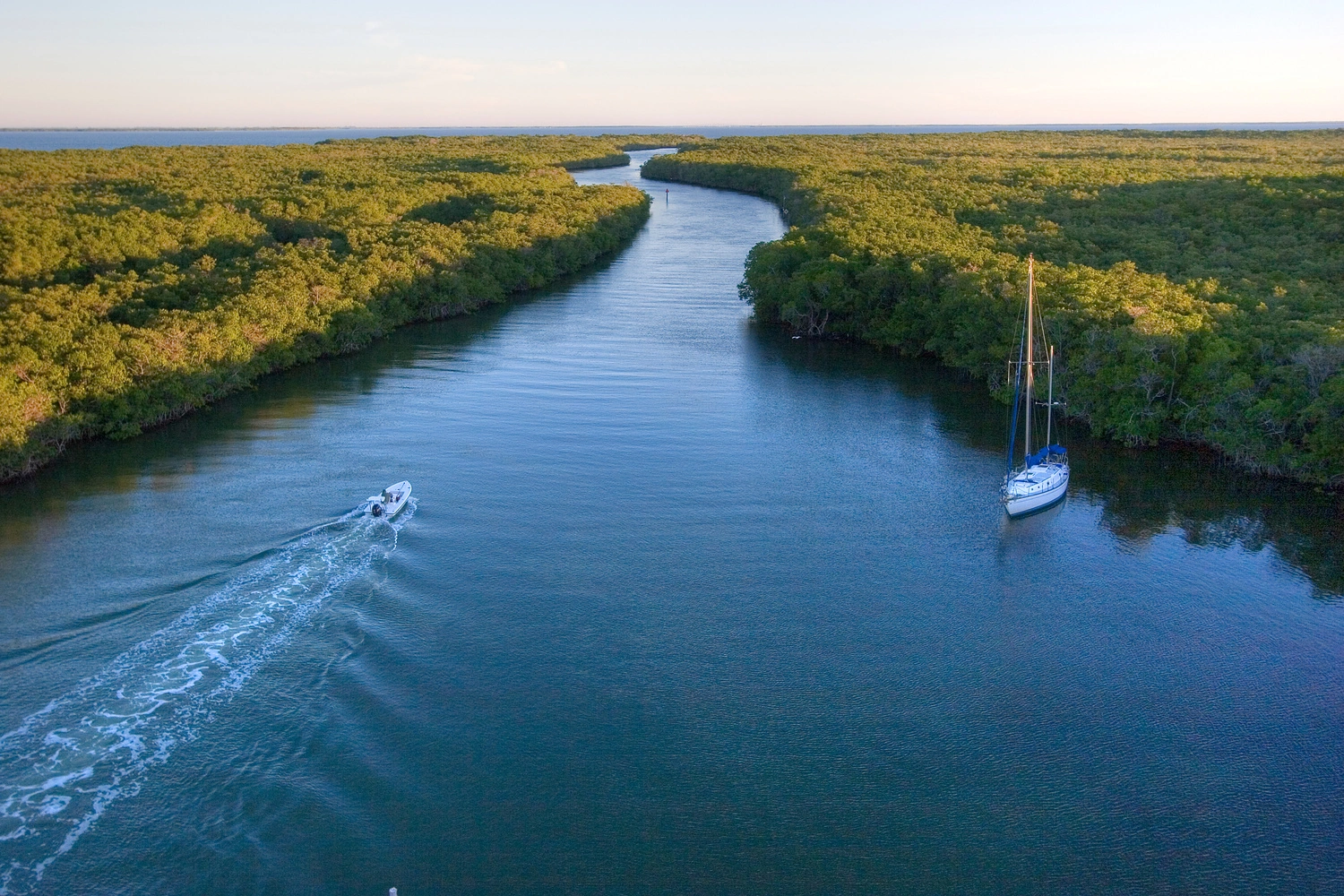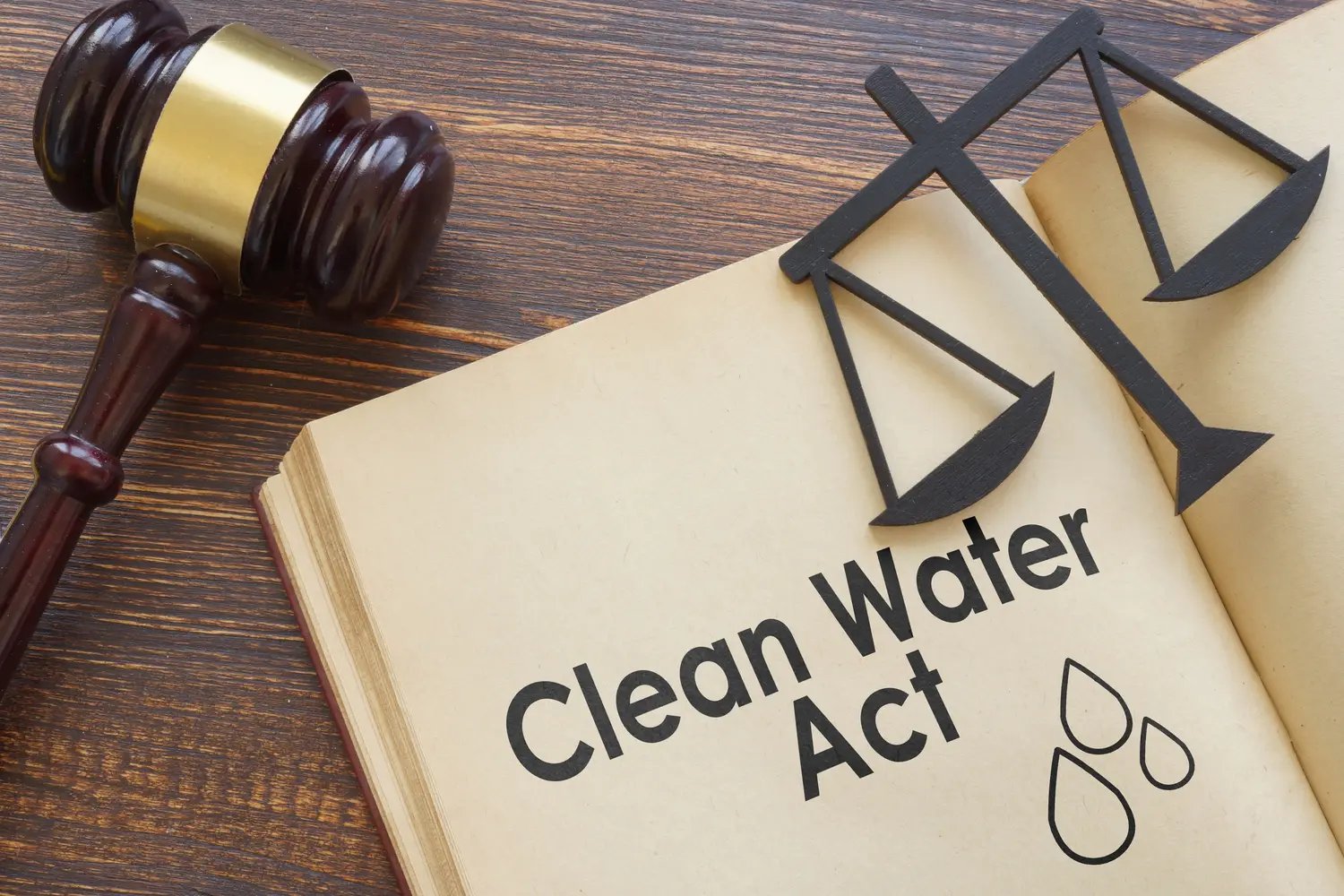
Listen to the audio version
Sackett v. EPA leaves nearly half of the nation’s prior protected waters outside of the jurisdiction of the CWA. Federal permitting requirements are likely to change and states are likely to create wetlands protects as a rebuttal to this decision.
Sackett v. EPA: Changes to the Clean Water Act
On May 25, 2023, the U.S. Supreme Court ruled in Sackett v. EPA to change the definition of protected wetlands, thereby reducing the Environmental Protection Agency's (EPA) regulatory reach under the Clean Water Act (CWA).
Specifically, the court ruled that federal jurisdiction of wetlands extends to only those wetlands with a continuous surface connection to streams and rivers that are 'waters of the United States' (WOTUS), such that they are 'indistinguishable' from those WOTUS. This is a significant change to previous CWA interpretations. It is estimated that roughly half of the wetlands in the U.S. which were once protected under the CWA are no longer protected.
The case re-interprets the 51-year-old CWA, and follows a final ruling by the Biden Administration that (in theory) defined the WOTUS once and for all.
Because what would the rulemaking process be without a few court cases, confused land developers, and frustrated property owners? Simple? Yeah…we agree.
The Sackett v. EPA has left many previously protected wetlands at risk of development. The regulatory uncertainty created bu the court decision is also likely to cause confusion in the land development and permitting process.
Though the discourse around this decision would say otherwise, this is not the first time we have seen the definition of federal wetland jurisdiction has been challenged many times over the history of the CWA.
Protection for Our Nation's Waters
Although the CWA became law in 1972, the definition of WOTUS was first defined in the early 1980s by the EPA and U.S. Army Corps of Engineers (USACE) from the text in the statute but was not defined further. This definition included many non-navigable tributaries, adjacent wetlands, and other waters. This definition lasted nearly four decades despite many challenges in the Supreme Court.
United States v. Riverside Bayview (1985) upheld the federal government's CWA jurisdiction. In this case, Riverside Bayview was filling wetlands on a property without any permits, and the Court ruled unanimously that the federal government does have the power to control intrastate wetlands as WOTUS. However, these wetlands did have a surface connection to a "navigable water" (Lake St. Clair).
CWA jurisdiction was then trimmed back in Solid Waste Agency of Northern Cook County (SWANCC) v. USACE (2001). SWANCC had sued USACE for not allowing the construction of a landfill in an area of ponds and wetlands that did not have a surface connection to navigable waters. In their ruling, the Court agreed that WOTUS does not extend to isolated wetlands, and WOTUS should only include navigable rivers, their tributaries, and adjacent wetlands.
A pivotal moment in CWA jurisdiction occurred in Rapanos v. United States (2006). The federal government launched an enforcement action against a real estate developer due to filling in wetlands without a permit. This case resulted in a splintered 4-1-4 ruling, with four justices stating the CWA extends only to "relatively permanent, standing or continuously flowing bodies of water" that are connected to navigable rivers and connected wetlands. Justice Kennedy joined these judges in ruling not to enforce the CWA against the developer but stated he would have extended CWA protection to any wetland with a "significant nexus" to navigable waters.
Significant nexus is a "test that clarifies if certain waterbodies, such as tributaries and wetlands, are subject to the CWA based on their connection to and effect on larger downstream waters that Congress fundamentally sought to protect. A significant nexus exists if the waterbody (alone or in combination) significantly affects the chemical, physical, or biological integrity of traditional navigable waters, the territorial seas, or interstate waters" (EPA, 2022).
Rapanos, Significant Nexus, and Challenges to CWA
After the Rapanos case, there was much debate as to whether Justice Scalia's plurality opinion that CWA jurisdiction should be limited to wetlands with a continuous surface connection to other WOTUS or Justice Kennedy's concurring opinion that protects all wetlands with a significant nexus to navigable waters should prevail. Most agencies and courts would apply the significant nexus test, but the relatively subjective nature of the definition still did not provide a clear and unanimous description of WOTUS.
In 2015, President Obama's Administration tried to clarify the CWA by issuing a major WOTUS rule based on scientific records and providing a new significant nexus test. Many individuals and groups legally challenged and defended the Obama rule before President Trump was elected. When President Trump was elected, he kept a campaign promise by issuing an executive order directing agencies to define WOTUS more closely to Justice Scalia's definition in Rapanos, resulting in repealing the 2015 regulation and replacing it with the Navigable Waters Protection Rule in 2020 that scaled back CWA jurisdiction. This rule was also challenged and defended legally by many individuals and groups before President Biden was elected. Once President Biden was elected, he fulfilled a campaign promise by issuing an executive order to repeal the Trump rule. In December 2022, the EPA and USACE announced the final "Revised Definition of 'Waters of the United States'" rule, which took effect on March 20, 2023. This WOTUS rule tried to strike a balance between the Obama rule and the Trump rule and was, according to the EPA, "founded upon the pre-2015 definition and was updated to reflect consideration of Supreme Court decisions, the science, and the agencies technical expertise".

Sackett v. EPA
Despite the Biden administration’s rule that clarified the WOTUS definition, there was continued debate and a push by property rights and business groups to narrow the regulations to protect only wetlands directly connected to navigable waters such as rivers and lakes. Additionally, the development and environmental community alike were waiting with bated breath to see if the Sackett v. EPA case would change things yet again.
Justice Samuel Alito wrote in the majority court opinion that CWA jurisdiction "extends to only those wetlands with a continuous surface connection to bodies that are 'waters of the United States' in their own right, so that they are 'indistinguishable' from those waters" (Washington Post, 2023). Further, the Court ruled that wetlands without a continuous surface connection to WOTUS are not adjacent wetlands because they are not actually adjoining the waters. This ruling removes the significant nexus from the Rapanos ruling from the CWA and all protections for wetlands without direct surface connection to WOTUS. The terms "continuous surface connection" and "indistinguishable" and the differences between "adjacent" and "adjoining" wetlands are likely to become critical terms now when conducting wetland delineations and making wetland determinations.
This Sackett case ruling shocked many leaders, as precedents by previous cases provided federal protection to adjacent wetlands. Even conservative Justice Brett Kavanaugh wrote a dissenting opinion, stating that the ruling is likely to hobble the law’s ability to protect several major waterways, including the Mississippi River and the Chesapeake Bay.
Ruling's Impact on Land Development
The ruling will have a substantial impact on land development. Some environmental groups and legal experts believe that this decision will remove federal protection from half of the wetlands in the U.S. According to Earthjustice estimates, an environmental law firm, this ruling will strip CWA jurisdiction from 118 million acres of wetlands (Washington Post, 2023). Because of this, there are likely to be fewer permitting requirements for federal wetland impacts, as many wetlands that would previously have previously triggered federal wetland permitting are no longer considered within federal jurisdiction.
Although one would think that lessening the need to avoid wetlands and lessening the likelihood of needing a federal wetland permit would help to streamline the land development process, there are likely to be some issues that may slow things down:
- Although the Supreme Court ruling has occurred, it will still take time for regulatory agencies like USACE to determine wetland delineation and permitting guidelines in response to the decision. We will see a Regulatory Guidance Letter issued by USACE Headquarters that provides clarification and guidance for conducting wetland delineations at the field level, making things confusing and difficult for wetland delineators and permitting agencies until the final guidance is issued from USACE.
- Many states will likely create more stringent state wetland regulations to make up for the lessening of federal wetland regulations, and there may be state wetland permits needed in the future that currently are not required. For example, Idaho, Florida, and West Virginia may create vastly different wetlands regulations that land developers must be aware of should they be developing in these states. These potential outcomes will likely make it quite a dynamic regulatory field to steer through for land development projects.
Staying up to date with permitting requirements amidst regulatory changes is crucial to project success. An automated environmental due diligence tool, like Transect, will ensure that land developers are up to date on all guidance that emerges from the changes to the CWA, as well as any regulatory and permitting changes that occur at the state level in response to the Supreme Court ruling. Although the regulatory world looks a bit unsettling regarding wetlands and the CWA, Transect ensures you know all the “need-to-know” information about your site will help projects stay on track.

